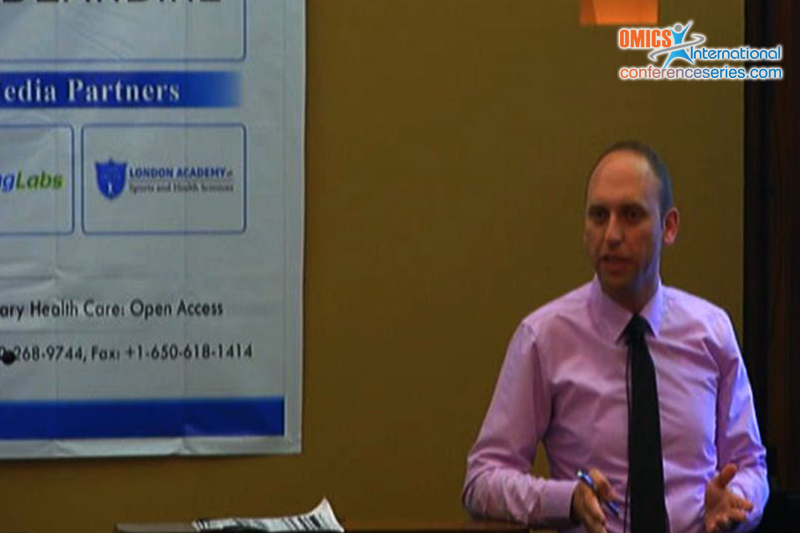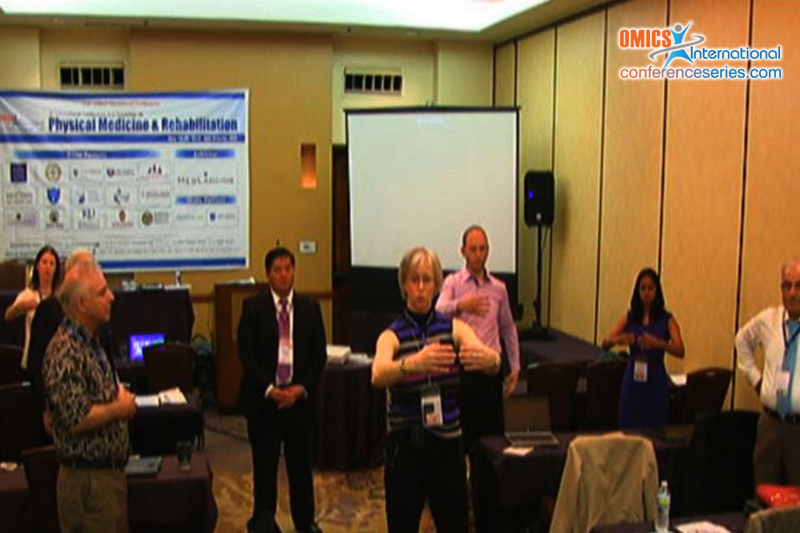
Hikmat Hadoush
Jordan University of Sciences & Technology
Jordan
Title: Optimization of mirror therapy to excite ipsilateral primary motor cortex
Biography
Biography: Hikmat Hadoush
Abstract
Mirror therapy is based on the experimental substrate of a visual illusion of active hand movement to excite ipsilateral primary motor cortex. This study tested whether ipsilateral primary motor cortex excitability could be modulated by enabling or disabling the vision of the active hand during mirror therapy. Motor cortical activations of healthy right-handed participants (n=10) were identified by Magnetoencephalography (MEG) system. Participants performed voluntary index finger extension of their dominant and non-dominant hands, separately, while viewing mirror reflection images of their active hand superimposed upon their hidden inactive hand. This was performed either with vision of the active hand (uncovered viewing condition) or without vision of the active hand (covered viewing condition). In the covered viewing condition, the ipsilateral primary motor cortex could be excited in all participants (n=10) and this excitation did not differ whether the active hand was the dominant or non-dominant hand. However, in the uncovered viewing condition, dominant and non-dominant hands were able to excite ipsilateral primary motor cortex only in a number of participants (n=4 and n=7, respectively). Moreover, the participants’ responses to the illusion validation questionnaire revealed that the covered viewing condition could cause greater visual illusion for the active hand than the uncovered viewing condition. In conclusion, disabling vision of the active hand during mirror therapy was more effective to excite ipsilateral primary motor cortical responses, it was better to create a greater visual illusion of the active hand, and it could ensure the same mirror therapy effectiveness between dominant and non-dominant hands.


